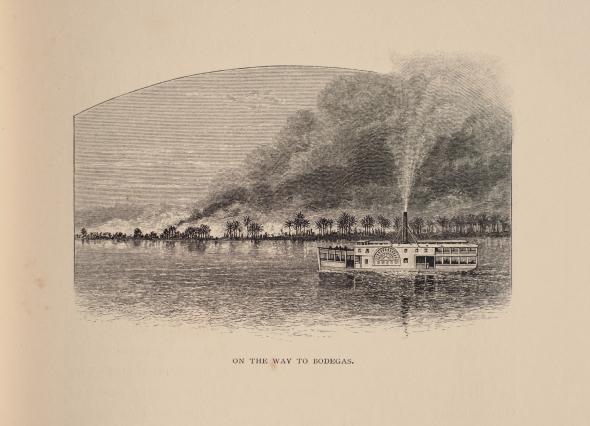"The Unbalanced Land" by Adrián Balseca
Talk in the context of the exhibition The Unbalanced Land by Adrián Balseca in Galeria Madragoa.
Participants: Adrián Balseca (artist), Ana Balona de Oliveira (researcher and curator), Raquel Schefer (researcher, curator and filmmaker)
23 May 2019 | Thursday | 6pm The Unbalanced Land
Adrián Balseca Galeria Madragoa 14 May - 21 July 2019

The Unbalanced Land (2019) originates from the chronicle Travels Amongst the Great Andes of the Equator (1892), by the British scientist and explorer Edward Whymper, to reflect on the transformations of the capitalist and colonial systems and nature’s conquest. The exhibition brings together a sound installation, a series of photographs, and objects.
If Balseca’s artistic production focuses on extractive dynamics and their environmental impacts, as well as the historic and economic processes associated with the consolidation of Modernity’s paradigm, The Unbalanced Land conforms a cultural and historic cartography of Santay Island, off Guayaquil, the second largest city in Ecuador, Balseca’s home country, where Whymper landed in December 1879. The title of the exhibition refers to Trotsky’s theory of uneven and combined development and, particularly, to its rereading by Harvey through the concept of “uneven geographical development”. If Marx considers that space is annihilated by time in the capitalist system, The Unbalanced Land carries out a reflection on the modalities of space production and the spatio-temporal relations in late capitalism. This reflection is of a processual and relational nature. The representation of the Santay Island spaces takes into account their determination by a set of processes and internal and external relations, first of all systemic, but also of a geopolitical and historic nature, and points to the coexistence between diverse economic-political and epistemic models, which find expression in the exhibition’s formal conception.
Whymper’s expedition is inserted in a series of scientific and colonial missions in Ecuatorian territory, the first of which was the Geodesic Mission of the French Academy of Sciences realized by Godin, Bouguer and La Condamine in the first half of the XVIII century, followed by the missions of Humboldt and Darwin, in the XIX century. If such missions demonstrate the strict imbrication of the political and epistemological projects of the hegemonic European modernity, The Unbalanced Land examines not only its political, economic and scientific matrix, but also its perceptive and representative models, particularly the narrative of travel, illustration and music. The aesthetic system of The Unbalanced Land rests in a principle of fragmentation and tension in a multitemporal representative model, peering through the covers of the past that subsist in the present and the material, discursive, cultural and ideological itineraries of the exhibited objects. Balseca’s artistic gesture is inscribed, therefore, in a genealogy of decolonial political-poetic practices, pointing, at the same time, to the persistence of colonial formations in contemporary Ecuador. The Unbalanced Land carries out spatial and temporal cuts, placing tension in heterogeneous natural and cultural elements. The adopted artistic methodology questions the system of binary oppositions that historically structured the hegemonic European modernity. In this sense, Balseca’s visual and sonorous démarche is not only of artistic nature, but also of epistemological and political character. It is about displacing a set of cognitive categories, political and representative (“here” and “there”, universal and local, “same” and “other”, observer and observee) and affirming a signic ecology founded in a system of dynamic interactions.